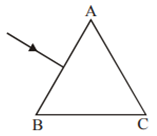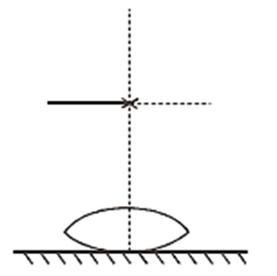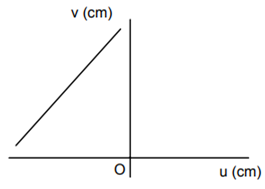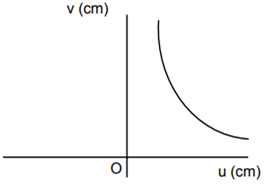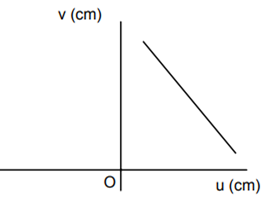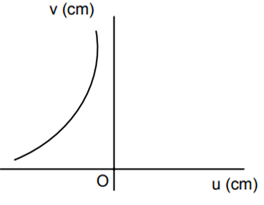Show using a proper diagram how unpolarised light can be linearly polarised by reflection from a transparent glass surface.
a) When an unpolarized light falls on a polaroid, only those electric vectors that are oscillating along a direction perpendicular to the aligned molecules will pass through. Thus, incident light gets linearly polarized.
Electric vectors which are along the direction of the aligned molecules gets absorbed.
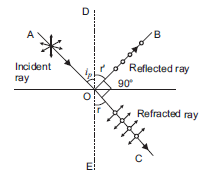
Whenever unpolarized light is incident on the boundary between two transparent media, the reflected light gets partially or completely polarized. When reflected light is perpendicular to the refracted light, the reflected light is a completely polarized light.






